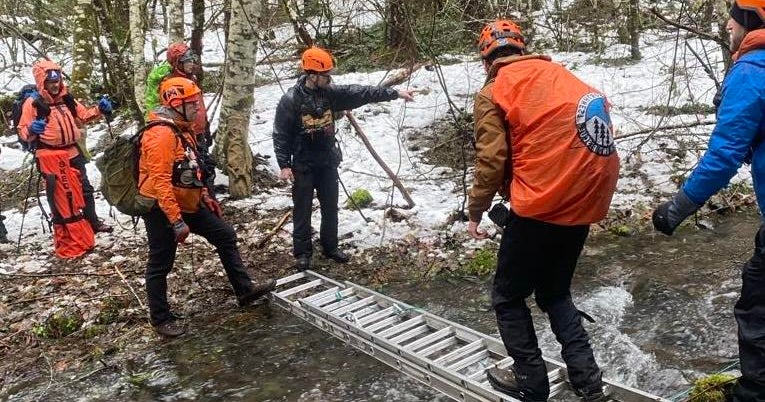Location: Khalde intersection, south of Beirut
Time: noon on a day in June 1982
At a new Israeli army checkpoint, Jonathan Randall, a correspondent for the Washington Post, became angry when a major officer stopped him to inform him that he and his Irish colleague Robert Fisk were obligated to return on their heels, based on higher orders preventing the passage of journalists from Beirut south towards Sidon.
“Look at that tank,” Randall shouted. “I’m paying damned taxes in America so you can have these damned toys. So you should let us pass.” After a heated debate, Fisk documented it in the book “The Woes of a Homeland” (Pity the Nation), between the American journalist and the Israeli officer, the latter complied and allowed the Western journalists to pass, after the angry Randall made him understand that what he was trying to do was a heinous act of the kind of “removing an American (citizen) from this road.”
The nationality and immunity that in 1982 allowed Randall to have the upper hand when an Israeli officer blocked his way as he was going to complete his journalistic work, none of the Palestinian journalists enjoyed an iota of it when they rushed to cover the events accompanying the “Al-Aqsa Flood” operation in 2023. The killing was carried out by Israeli soldiers’ bullets. On the afternoon of last October 7, they were waiting.
in the field
The cameraman at Ain Media Company, Ibrahim Lafi (21 years old), was martyred at the Beit Hanoun (Erez) crossing, and his colleague, the photographer at the Fourth Authority Agency, Muhammad Al-Salhi (29 years old), was martyred on the border strip east of Bureij. As for their colleague, Smart Media correspondent, Muhammad Sami Jarghoun (28 years old), he was also martyred east of Rafah on the same day, under similar circumstances.





